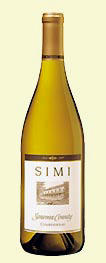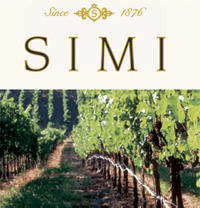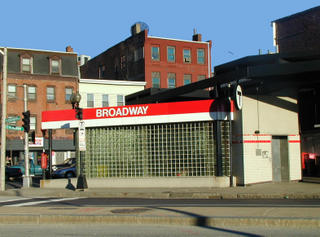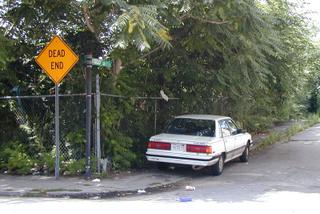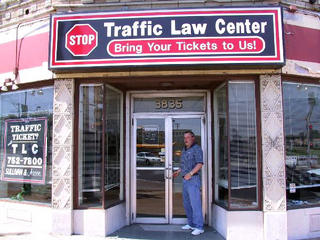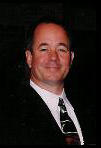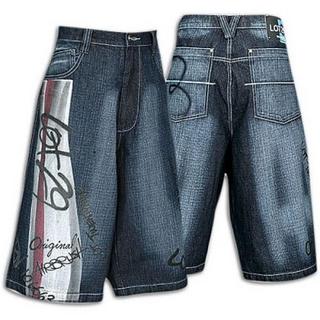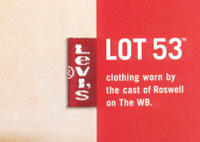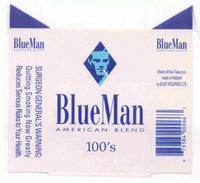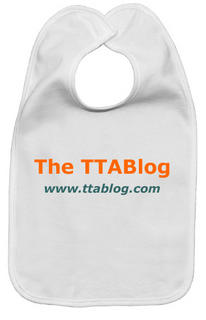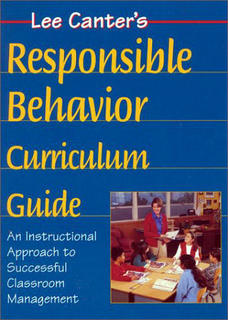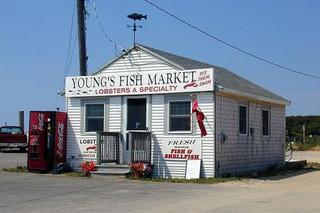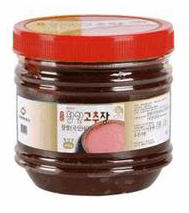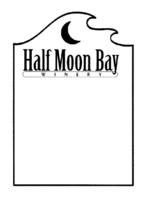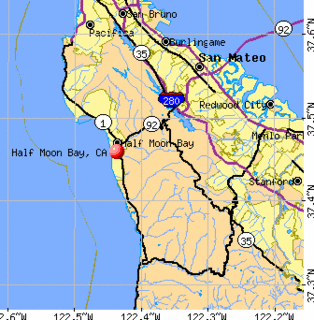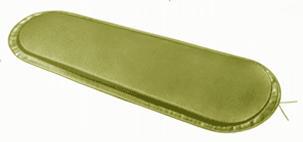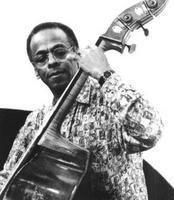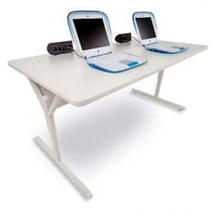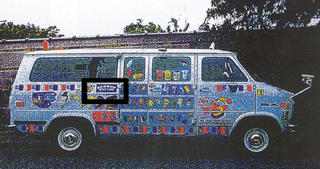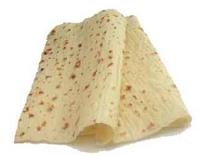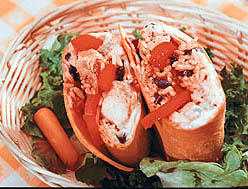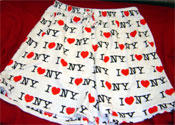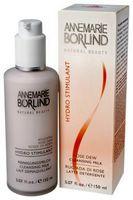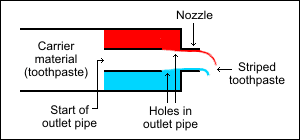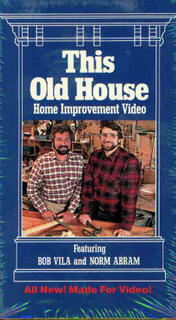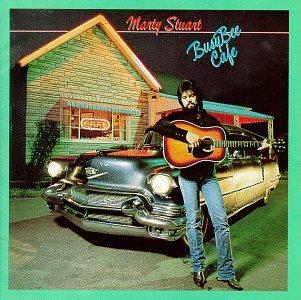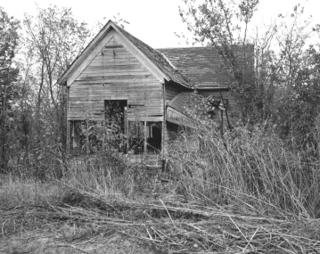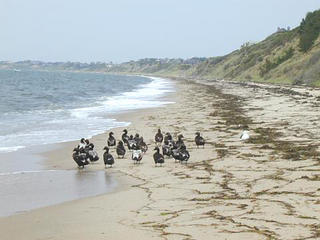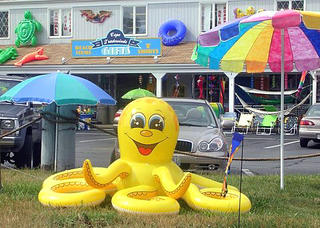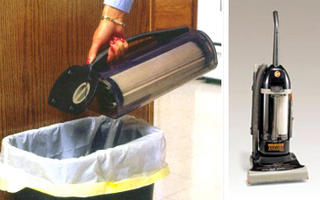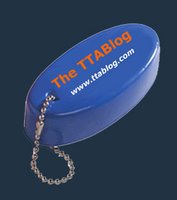TTAB Reconsiders "RIVERCATS" Decision, But Opposer Still Strikes Out
It's not often that the TTAB grants a request for reconsideration, but it did so in Rivercat Foods, Inc. v. Sacramento River Cats Baseball Club, LLC, Opposition No. 91150539 (on reconsideration, August 26, 2005) [not citable]. Opposer Rivercat Foods, after losing its Section 2(d) opposition to registration of the mark RIVERCATS & Design for clothing, asked for reconsideration on two grounds -- grounds that happen to correspond to the two "questionable calls" pointed out here at the TTABlog. What a coincidence!
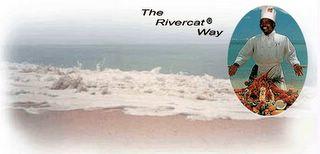
In ruling against Opposer on its Section 2(d) claim, the Board had found the marks RIVERCAT and RIVER CATS to be merely "more similar than dissimilar." It made the curious statement that, as applied to Applicant's goods (ordinary clothing items), the term "rivercat" is "likely to be perceived as the name of applicant's baseball team," while as to Opposer's food products the connotation is "not clear, but we cannot conclude on this record that it has anything to do with baseball." On reconsideration, the Board reversed this obviously bad call:
"Instead, we now find that the marks have the same connotation and commercial impression, and that the marks are similar, for purposes of the first du Pont evidentiary factor."
The Board also reversed itself on the issue of the channels of trade for the baseball team's clothing items. It had considered the only relevant channel of trade to be Applicant's baseball games, even though the identification of goods in the team's application was not limited as to trade channels. The Board now clarified its decision as follows:
"We presume that opposer's food items and applicant's clothing items are marketed in all the normal channels of trade for such products, and not just at applicant's baseball game events."
Despite its revised view of these two factors, however, the Board stuck to its decision dismissing the opposition because "opposer presented no evidence at trial showing what the normal channels of trade for the respective goods are, much less that those trade channels overlap in any way that would lead purchasers to be confused as to the sources of the respective goods."
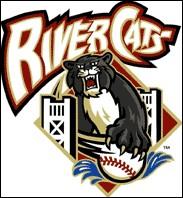
The Board may have reached the right decision here, but it swung and missed twice before making contact. Perhaps the CAFC will have to decide whether the TTAB hit a fair ball or a foul.
TTABlog comment: Judge Grendel (formerly Bottorff) has been known for thoughtful and well researched opinions. One might say it was his trademark. For him to eat two crowburgers over one opinion is quite unexpected.
Text Copyright John L. Welch 2005.
